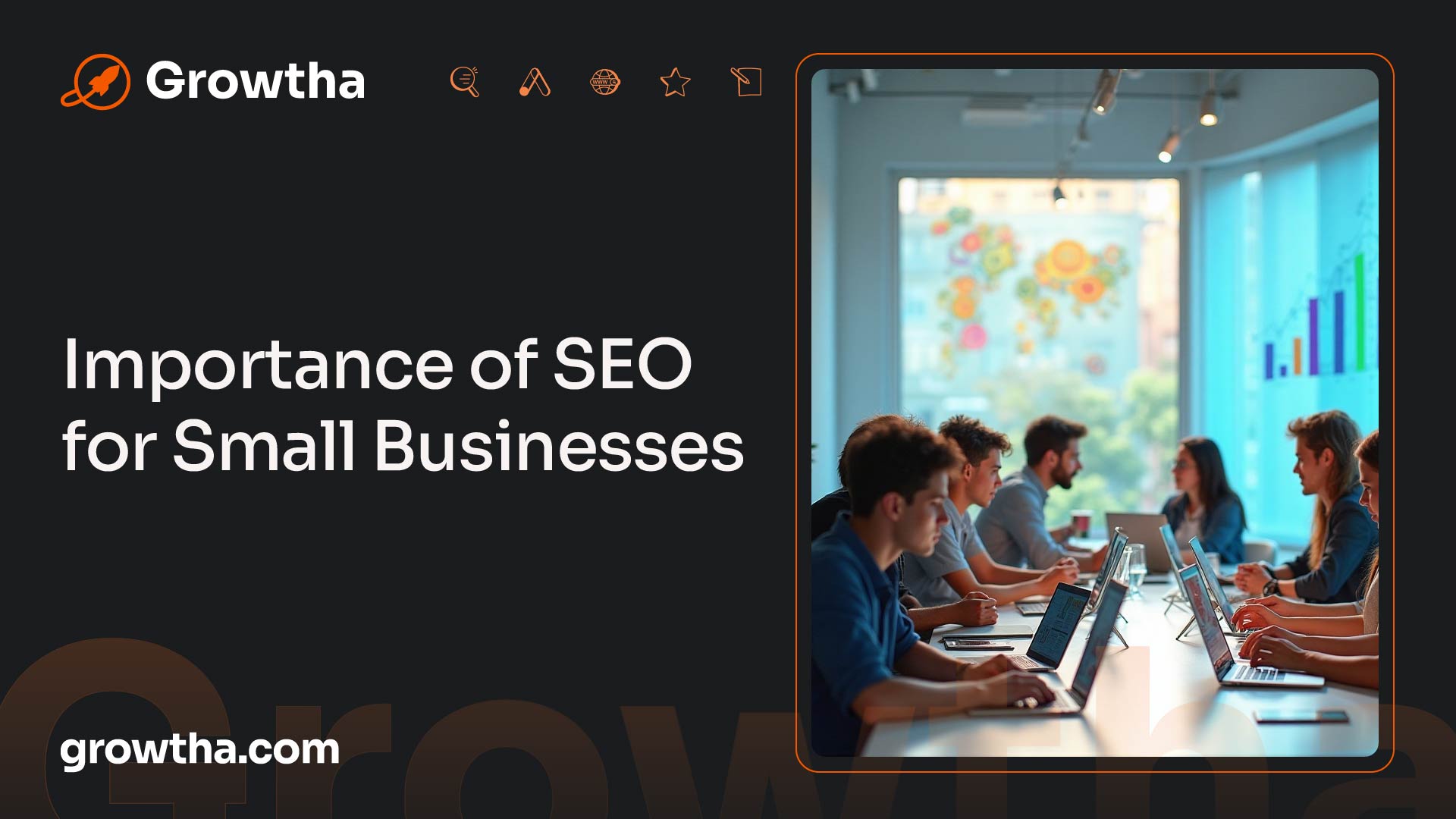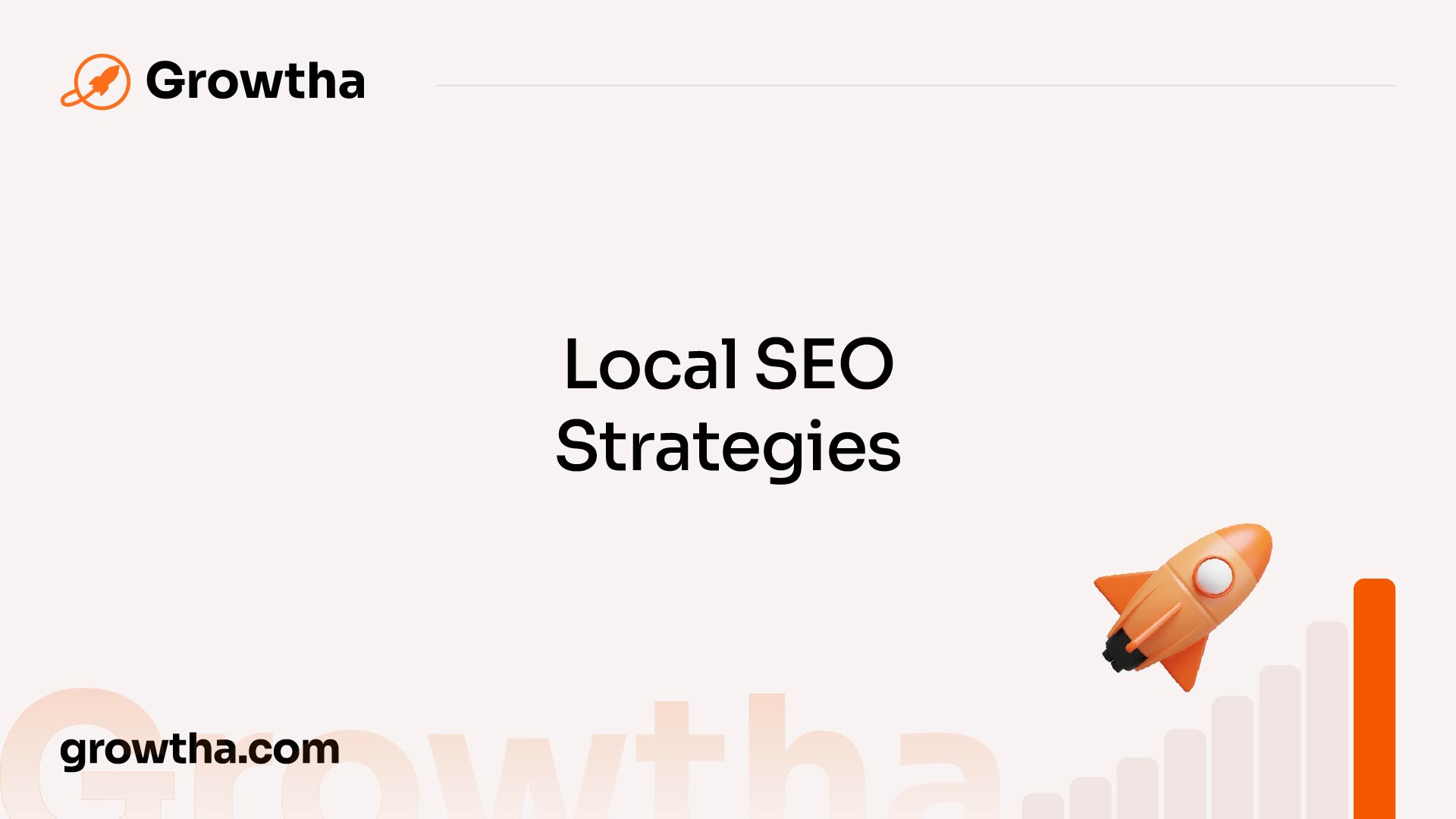To thrive in today's digital landscape, small businesses need to understand the basics of SEO (search engine optimization). SEO is the practice of optimizing a website to improve its visibility in organic (unpaid) search results on search engines like Google, Bing, and DuckDuckGo [1]. By implementing effective SEO strategies, small businesses can increase their online visibility, reach more potential customers, and improve their overall online presence.

SEO plays a crucial role in the success of small businesses. Here are some key reasons why SEO is important for small businesses:

Implementing SEO strategies can bring several benefits to small businesses:
Benefits
Increased online visibility
Higher website traffic
Greater brand awareness
Improved user experience
Enhanced credibility and trust
Cost-effective marketing
Long-term success and growth
By understanding the importance of SEO and its associated benefits, small businesses can leverage this powerful digital marketing strategy to catapult their online visibility and achieve sustainable growth.

In today's digital landscape, harnessing the power of local search is essential for small businesses. With 46% of all Google searches seeking local information, optimizing for local SEO can significantly impact your online visibility and attract potential customers in your area [3].
Local search is a game-changer for small businesses. When people search for products or services in their vicinity, they are often ready to make a purchase. By appearing in local search results, you can connect with these potential customers and drive foot traffic to your business. It's crucial to optimize your online presence to ensure your business doesn't miss out on these valuable opportunities.
Google My Business (GMB) has become a vital tool for local search optimization. It allows businesses to create a profile with essential information such as address, phone number, hours of operation, and customer reviews. When verified as authentic, GMB has the potential to reward businesses with a sidebar space in Google's local search results [3].
To optimize your Google My Business listing:
By optimizing your Google My Business profile, you can increase your chances of appearing in local search results and drive more traffic to your small business.
Local SEO goes beyond optimizing Google My Business. Consistency in NAP information across online platforms, building backlinks from locally relevant websites, and effective local keyword targeting are other crucial strategies for small businesses to improve their local search visibility and attract customers in their area [4]. By implementing these strategies, you can enhance your online presence, expand your customer base, and skyrocket your online visibility.

To achieve successful search engine optimization (SEO), small businesses need to focus on three key elements: on-page SEO optimization, off-page SEO strategies, and technical SEO considerations. By optimizing these aspects, businesses can improve their website's visibility and attract customers actively seeking their products or services.
On-page SEO optimization involves optimizing the elements within a website to improve its visibility in search engine results pages (SERPs). This includes optimizing text content, keywords and phrases, as well as images. Key factors to consider for on-page SEO optimization include:
Off-page SEO strategies involve activities that take place outside the website to improve its visibility and reputation. These strategies primarily focus on building high-quality backlinks to the website, which signal to search engines that the website is trustworthy and authoritative [2]. Key factors to consider for off-page SEO strategies include:
Technical SEO focuses on optimizing the technical aspects of a website to improve its visibility and accessibility to search engines. While this element may require some technical expertise, it plays a crucial role in overall SEO success. Key factors to consider for technical SEO include:
By optimizing these elements of effective SEO, small businesses can improve their online visibility, attract more organic traffic, and ultimately grow their customer base. Continuous review and improvement of SEO strategies are essential to adapt to changing customer behaviors and maintain visibility in search engine rankings.

When it comes to local SEO, there are several key factors that can contribute to the success of small businesses. By implementing these strategies, businesses can improve their online visibility and attract more local customers. Let's explore three essential factors for local SEO success: consistency in NAP information, optimizing online directories, and community engagement.
Consistency in the name, address, and phone number (NAP) across online platforms is crucial for local SEO. Discrepancies or inconsistencies in NAP information can confuse search engines and lead to businesses not appearing in search results. It's important to ensure that the NAP information is accurate and consistent across various platforms, including your website, Google My Business, online directories, and social media profiles.
Maintaining consistency helps search engines recognize and associate the business information correctly, increasing the chances of appearing in local search results. Businesses should regularly audit their online presence to identify and correct any inconsistencies in the NAP information.
Optimizing online directories and citations is another vital aspect of local SEO. Registering your business with online directories such as Yelp, Yellow Pages, and Bing Places, along with removing duplicate listings, can significantly improve local SEO rankings. These directories serve as valuable sources of information for search engines, and having accurate and up-to-date listings can boost a business's visibility in local search results.
Additionally, consider obtaining a membership with the local Chamber of Commerce. This can provide an external inbound link specific to the area, further enhancing local SEO efforts. Being listed in reputable online directories and having a Chamber of Commerce membership can increase the credibility and visibility of a business in local search results.
Participating in the local community can have a significant impact on a business's local SEO efforts. Engaging with the community not only fosters positive relationships but also provides opportunities for digital PR, brand awareness, and inbound links. By partnering with local nonprofits, sponsoring events, or appearing in local media, businesses can enhance their local SEO visibility [3].
Community engagement can lead to press coverage, which can generate valuable backlinks and increase the online visibility of the business. Actively participating in local events, networking with other businesses, and supporting local causes can help build a strong online presence and improve local search rankings.
By focusing on consistency in NAP information, optimizing online directories, and engaging with the local community, small businesses can improve their local SEO visibility. These key factors, when implemented effectively, can help businesses attract more local customers and boost their online presence. Remember, local SEO is an ongoing process, so regularly monitoring and updating these factors is essential for long-term success.
In the world of SEO, website speed plays a crucial role in ensuring optimal user experience and search engine visibility. Slow-loading websites can lead to increased bounce rates and lower search engine rankings. To enhance website speed and improve SEO performance, there are several techniques that small businesses can implement.
Images are an essential component of any website, but they can also contribute to slower load times if not optimized properly. By optimizing images, you can reduce file sizes and improve website speed. There are a few techniques to consider:
By implementing these image optimization techniques, you can significantly improve your website's speed and overall SEO performance.
When a webpage loads, it often requires multiple HTTP requests to fetch various resources, such as images, CSS files, and JavaScript files. Each request adds to the load time of the webpage. Reducing the number of HTTP requests can have a significant impact on load times. Here are a few strategies to consider:
By implementing these techniques to reduce HTTP requests, you can optimize your website's speed and improve SEO performance.
Browser caching is a technique that stores copies of static files, such as images, CSS, and JavaScript, in the user's browser cache. By caching these files, subsequent visits to your website can be faster, as the browser can retrieve the files from the cache instead of the server. Here are a few considerations for implementing browser caching:
By leveraging browser caching techniques, you can reduce the amount of data that needs to be transferred between the server and the browser, resulting in improved website speed and enhanced SEO performance.
By implementing these techniques to enhance website speed, small businesses can improve user experience, reduce bounce rates, and potentially achieve higher search engine rankings. Optimizing images, reducing HTTP requests, and implementing browser caching are effective strategies to boost website speed and overall SEO performance.
Backlinks play a crucial role in the realm of SEO, as they signal the authority and relevance of a website. Acting as "votes of confidence" from other sites, backlinks have a positive impact on search engine rankings. Search engines consider the quantity and quality of backlinks to determine a site's authority and relevance, influencing its position in search results.
In modern SEO practices, backlinks are pivotal in determining the authority and relevance of a website. They serve as a vote of confidence from one site to another, indicating the quality and value of the content. Search engines, such as Google, consider backlinks as significant ranking factors. Websites with a higher number of quality backlinks often rank higher in search engine results pages (SERPs).
Backlinks also play a crucial role in building robust online profiles for businesses and individuals. By securing backlinks from reputable and relevant websites within the same industry or niche, businesses can enhance their digital footprint and establish themselves as authorities in their respective fields. This contributes to brand visibility, trust, and credibility among the target audience.
To effectively leverage backlinks for SEO, businesses should focus on acquiring high-quality backlinks from reputable, industry-relevant websites. Quality and relevance outweigh quantity when it comes to backlinks. Here are some strategies for building quality backlinks:
Remember, the key to building quality backlinks is to prioritize relevance and authority. Seek out reputable websites within your industry and foster relationships with them. By proactively pursuing backlinks and creating valuable content, you can enhance your website's authority, visibility, and credibility, contributing significantly to your overall SEO strategy.
[1]: https://www.womenconquerbiz.com/importance-of-seo-for-small-businesses/
[2]: https://digitalmainstreet.ca/tool/small-businesses-big-impact/
[3]: https://blog.hubspot.com/marketing/local-seo
[4]: https://www.linkedin.com/pulse/local-seo-strategies-small-businesses-viserx-qvlic
[5]: https://www.quora.com/What-role-do-backlinks-play-in-modern-SEO-practices-and-how-can-they-be-effectively-obtained